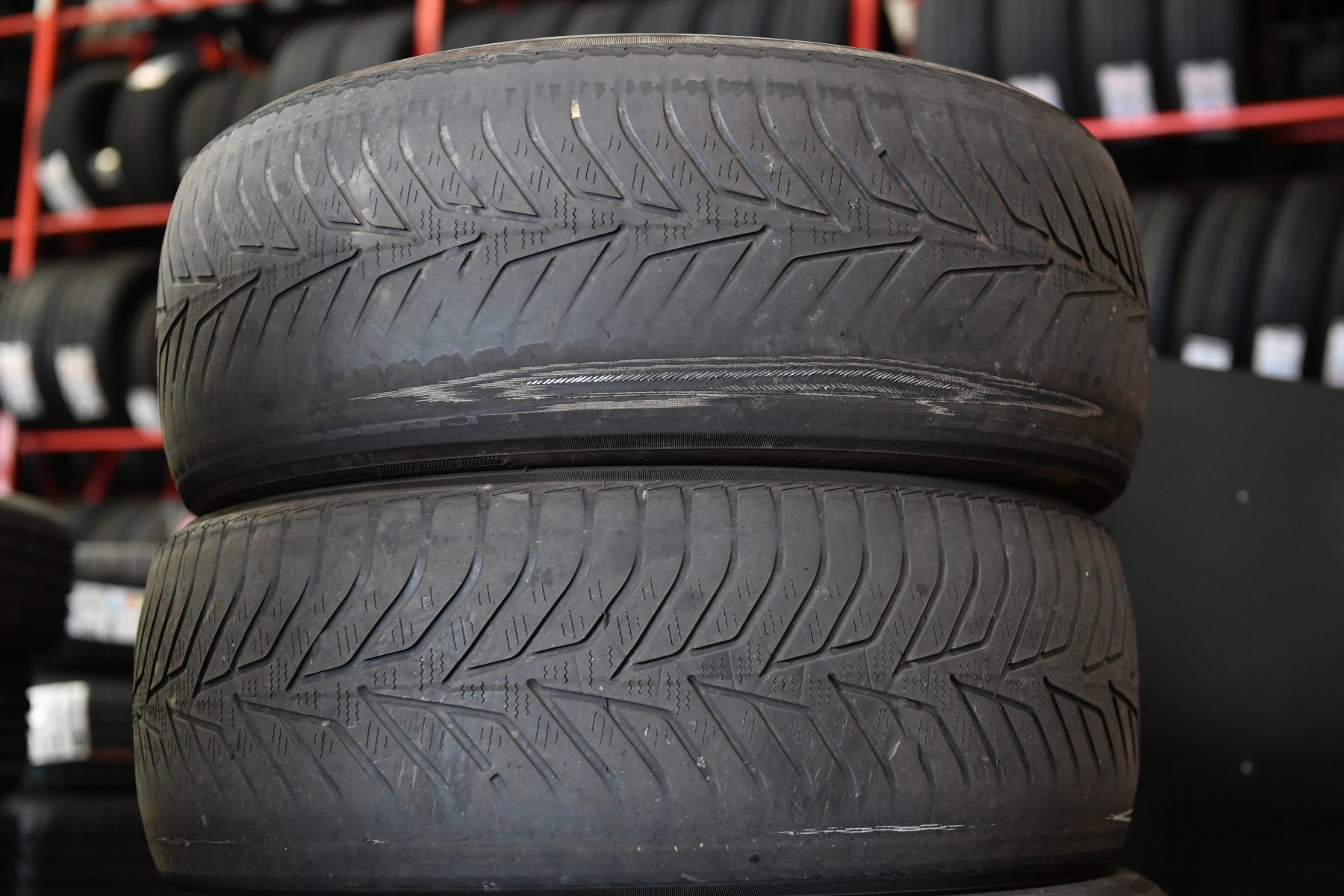The UK government has called on the car industry to find ways to reduce the amount of pollution caused by wear on tyres and brakes.
Despite extensive work to reduce tailpipe emissions, little has been done to reduce the amount of particulate pollution from tyres and brakes because it is so difficult to measure.
However, the independent scientific committee Air Quality Expert Group (AQEG), has warned that tyres and brakes alone could account for 10 per cent of national emissions of PM 2.5 by 2030.
In a new report released today, the AQEG says that “these particles enter the airstream having a detrimental impact on human health for drivers, passengers and bystanders”. It also noted that plastic particles from tyres enter sewers, which can have harmful consequences for marine life.
Environment minister Thérèse Coffey said: “The documents published today make clear that it is not just fumes from car exhaust pipes that have a detrimental impact on human health but also the tiny particles that are released from their brakes and tyres.

“Emissions from car exhausts have been decreasing through development of cleaner technologies and there is now a need for the car industry to find innovative ways to address the challenges of air pollution from other sources.”
Mike Hawes, chief executive of industry body the Society of Motor Manufacturers and Traders, said: “The automotive industry is committed to improving air quality and has already all but eliminated particulate matter from tailpipe emissions. Brake, tyre and road wear is a recognised challenge as emissions from these sources are not easy to measure.
“A United Nations global group, including industry experts and government, is working to better understand, and agree how to measure, these emissions. Maintenance of the road surface, as well as further investment in new vehicle technologies, is essential to reducing these emissions without compromising safety and we welcome further research in this area.”
According to government figures, nitrogen oxide emissions have fallen by 29 per cent since 2010, with sulphur dioxide emissions down 62 per cent. A report will be released soon that assesses the impact of microplastics from tyres and clothing on the marine environment.

